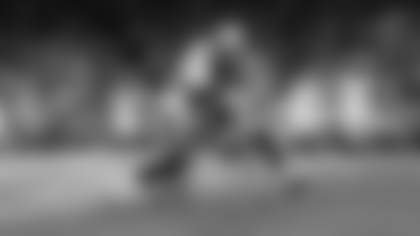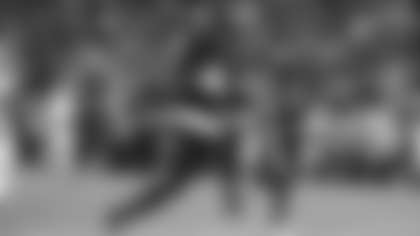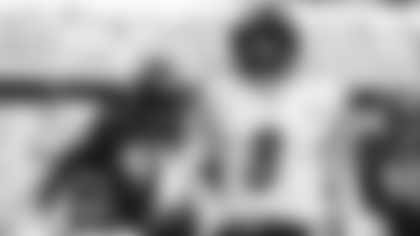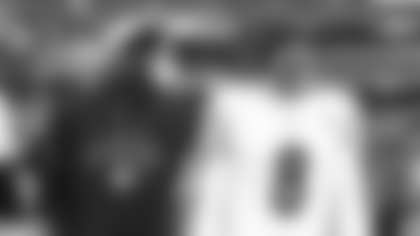Q. You often talk about this group having a no-blink mentality. What does that mean?
A. It's understanding that there are going to be ups and downs within a football game, and it's less about what happens and more about how you respond to it. It's important, the choice of words there – "respond" as opposed to "react." This is a group that understands the element of that discussion, and it's displayed in how they play. They don't ride the emotional roller coaster. They're always moving on to the next play, they understand that as long as there's time on that clock we have an opportunity to turn the tide if the tide needs to be turned.
Q. Where does that come from, or how does it develop?
A. I think in a couple of ways: First of all you have to talk about it before you encounter those circumstances. You can't wait to get into those circumstances to talk about it. So often times even in training camp settings, I talk about the competition we create between the offense and the defense, and if you think about it, way back in Latrobe I acknowledged that certain drills are slanted toward certain units. And I'm always interested in the disadvantaged units in those drills, because I want to see the spirit of the fight, I want to see how guys respond to it.
Backs-on-backers in training camp is a drill slanted toward the linebackers, because the running backs can't cut-block and so the linebackers often run over them in that drill. I get an opportunity to measure those guys and see what they're like in the face of adversity under those circumstances. And then I also take those opportunities to talk about how that parallels to game circumstance. So it really kind of starts in Latrobe when you pit man against man, unit against unit, and someone has an advantage and someone doesn't, and you sow those seeds then.
And you talk openly about it, and then ultimately it's important for those who are in a position of leadership – myself and veteran players and others – who have been through those circumstances before to live that out once we get into those circumstances. Because invariably there are some young guys looking around and they want confirmation of what you've been talking about, and they want to see it in how you behave, how you communicate, how you go about the routine task. And I pride myself in being that for them.
Football is an emotional game played by emotional men. I try to use my emotion as fuel for their use, and so I'm very thoughtful how I interact with them, particularly in those moments.
Q. You mentioned that it's important to talk openly about things with the players. At your news conference, you were asked in connection to Ryan Shazier's injury, "How do you motivate the team after they see a teammate injured severely?" You said, "We don't wait for something to happen to talk about those things." How do you talk about that?
A. Again, during the process of a season – training camp, the preseason, the regular season, and so forth – people get injured every day. Obviously, not to the level Ryan was injured or the severity to which Ryan was injured, but the reality is injury is injury and these guys care about one another. They don't like to see each other in pain and in discomfort, and when those things happen you just remind guys: unless you're a medical expert, unless you're a doctor or a trainer, you can't help that person. There are people who are trained specifically to handle those tasks, and the best thing we can do is allow those people to do what they do and be there in a support capacity.
Whether it's emotional support, whether it's deeds or tasks in terms of making life easy for the person who is down – or if not easy then easier – those are the things we should do as good teammates, and so we openly talk about those things. Again, none of those things that lead those discussions are to the seriousness of what happened to Ryan, but you can draw parallels. The reality is unless any of us went to medical school, we don't need to be standing over a guy who's down on the field. We need to give the trained professionals space in which to do what it is they do, and we're there for encouragement and support.
And support is just that – whatever the injured person needs. I remind our guys of that. I know a lot of our guys are hurting for Ryan, want to see him, want to get comfort in terms of where he is, in terms of his process, but the reality is that anything we do needs to be done in the spirit of aiding Ryan in his recovery.
Q. Did you learn anything about your team by the way it responded to that when it actually happened?
A. Not anything that I didn't already know. They care about one another deeply. They're capable of compartmentalizing things they need to compartmentalize and stay focused on the ball, when that's appropriate. They also understand that certain things are bigger than football, and that was evident in terms of how that game unfolded. I don't know if I've been through a no-time-left-game-winning-kick like that before in terms of the lack of emotion within our group. I think that just speaks to the professional maturity of the group. They realize there was a job that needed to be done, but as that ball went through those uprights, I think everybody within our organization had their minds and hearts where they should have been, which was with Ryan Shazier and his family.
Q. In terms of what your defense asks of the outside linebackers, has their role evolved away from being primarily pass-rushers into guys who are asked to do more things in coverage?
A. Without question. And it's evolved within the last decade, since I've been here. Outside linebacker was a rush-man's position in the early part of my tenure. Guys like LaMarr Woodley and William Gay were defensive-end-like. They rushed the vast majority of the time. With the evolution of spread football, read-option football, RPOs as the college guys call it – run-pass options – and all the empty backfield stuff, it has become a hybrid position, where they're asked to do a lot of things: rush, drop in zone, play man-to-man. I just think it's part of the evolution of football, and I think (outside linebackers) are the most significant components to the adjustments that defenses have made.
That's why 10 years ago, there were maybe three or four 3-4 teams in the NFL, and that's why probably half the teams in the NFL now are 3-4 teams. You better have that flexibility in terms of getting people on their feet and playing on their feet, because of the perimeter game, the spread game, and the RPO game.
Q. Within that answer, did you just explain to Steelers Nation why James Harrison isn't playing a lot of snaps?
A. Or also why Bud Dupree doesn't have 12 sacks or why T.J. Watt doesn't have 12 sacks. That position probably is being redefined in a lot of ways by the game. Some of the plays we've seen T.J. Watt make in the passing game this year – the big-time interception in Cleveland in his first NFL game, the big-time breakup he had against Jordy Nelson in the Green Bay game a few weeks back – and 10 years ago you never would've seen LaMarr Woodley even in a position to make those plays. That's just the evolution of football. I laugh a lot of times when people ask me, what's wrong with the production of our outside linebackers? It lets me know these people don't understand the evolution of the game of football, and I politely answer in some way.
The Steelers grant the wish of a young fan from Sterling Heights, MI.
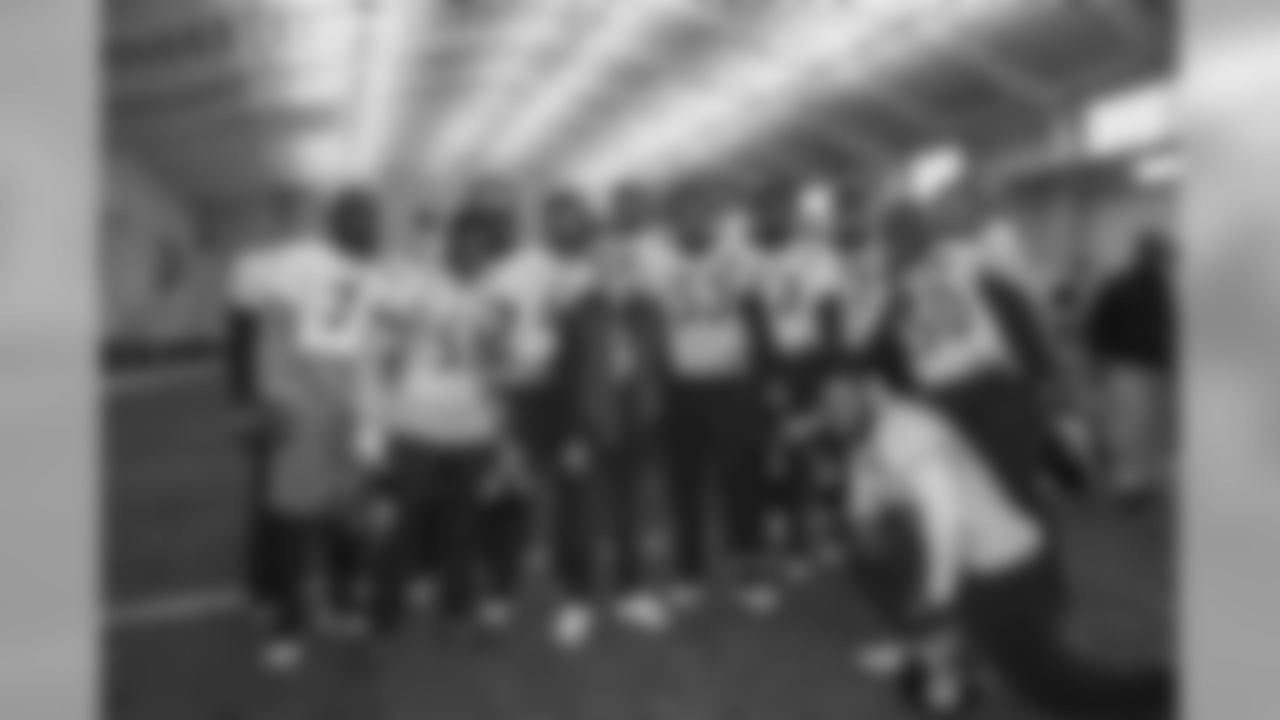
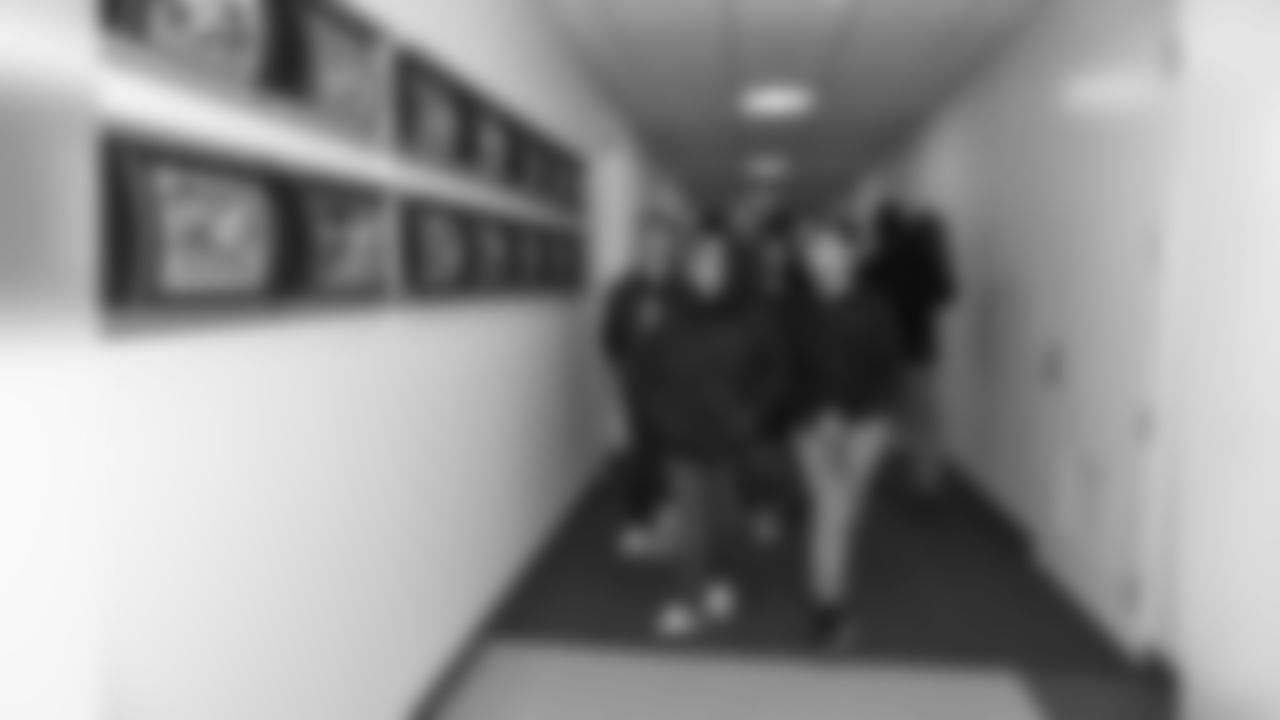
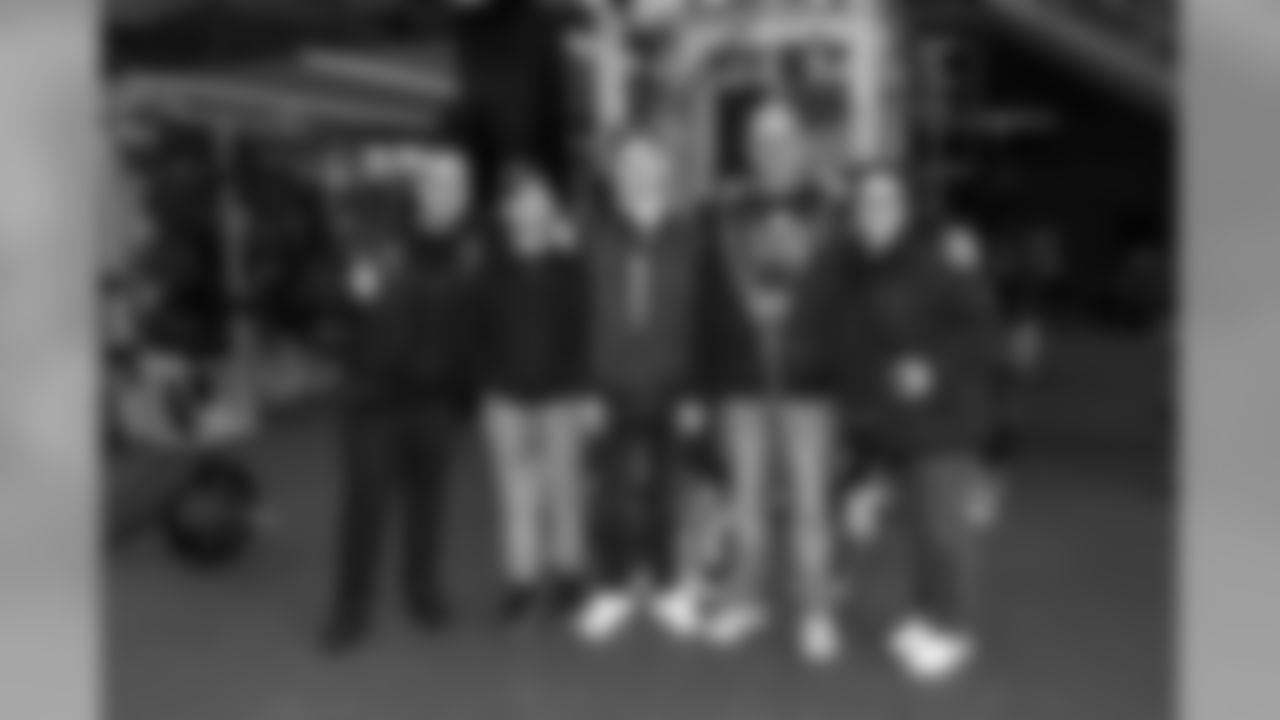
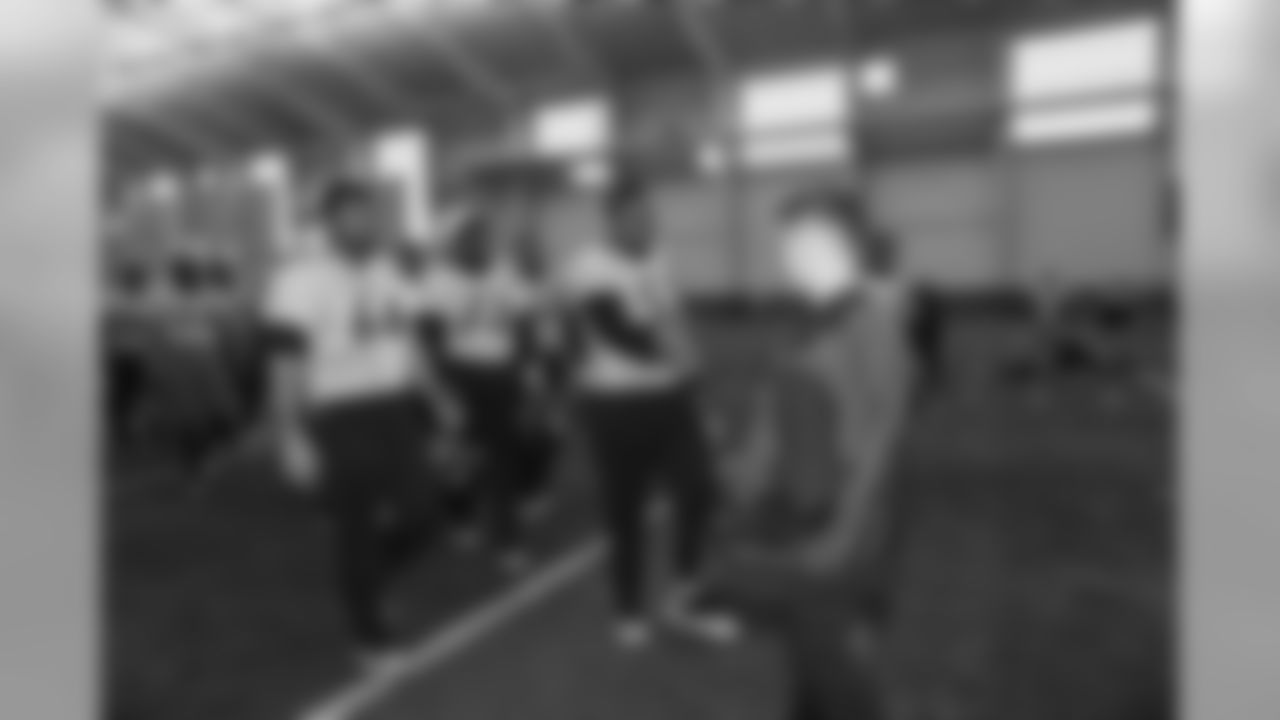
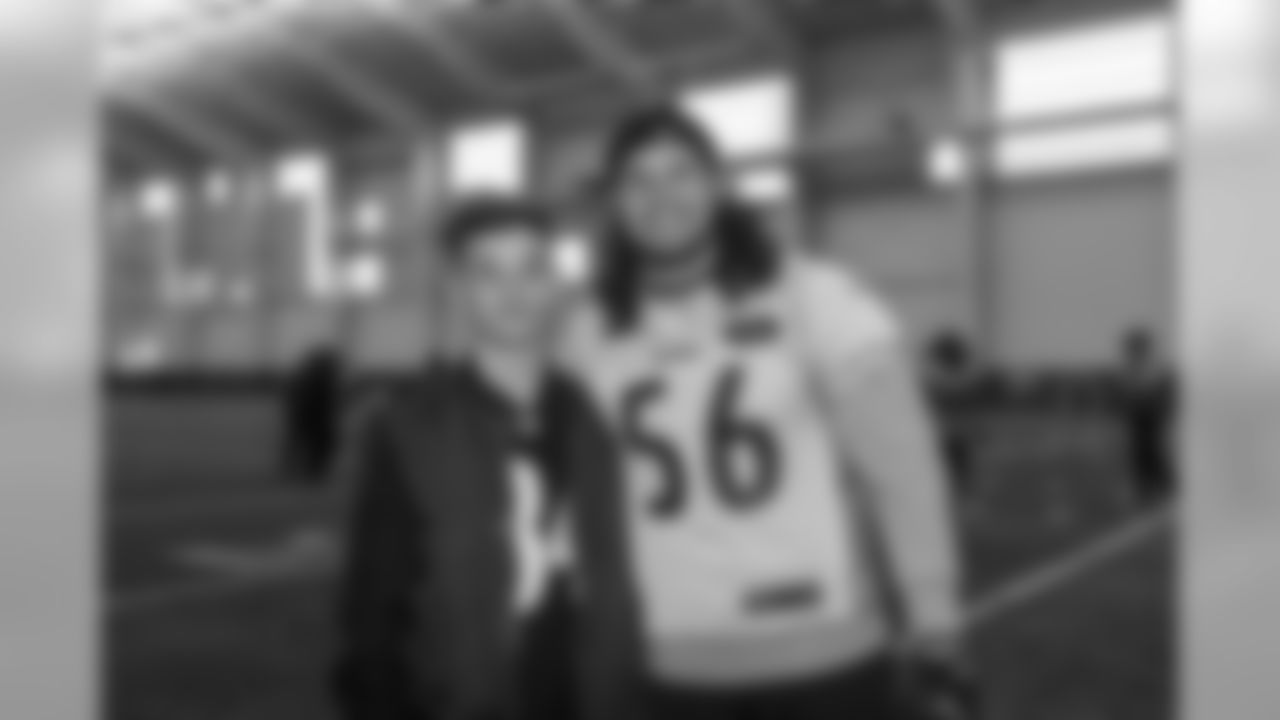
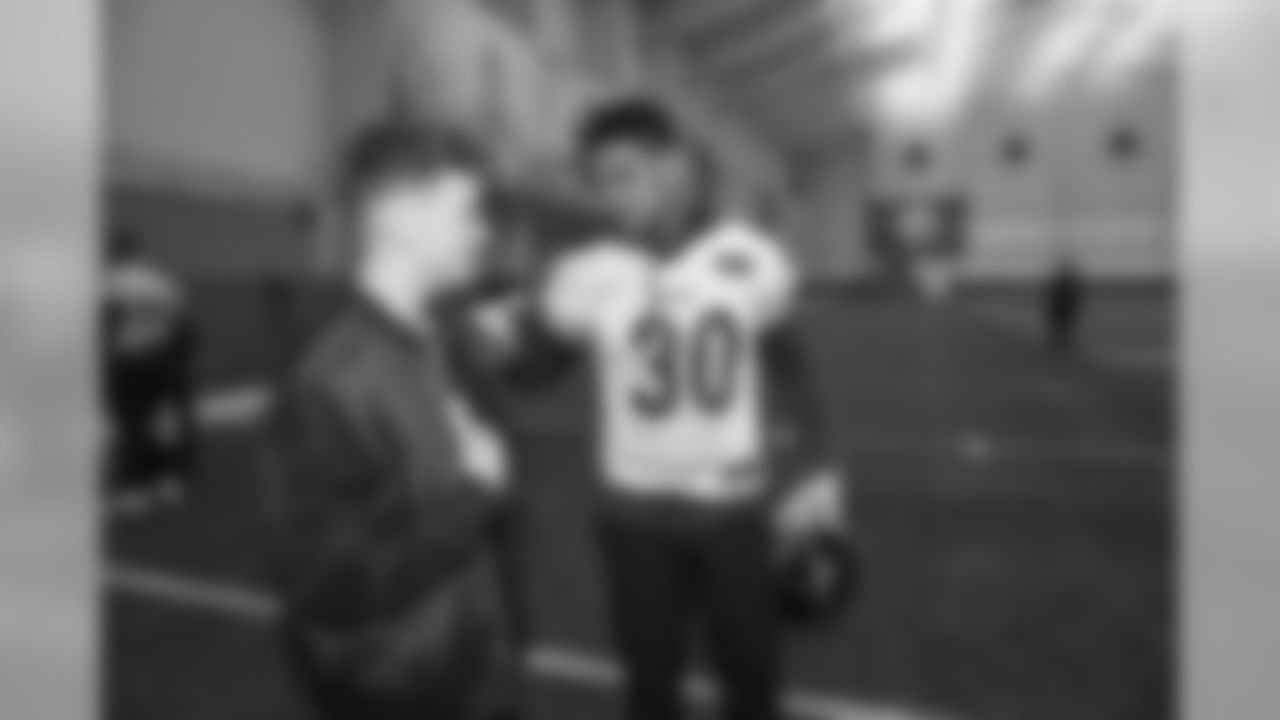
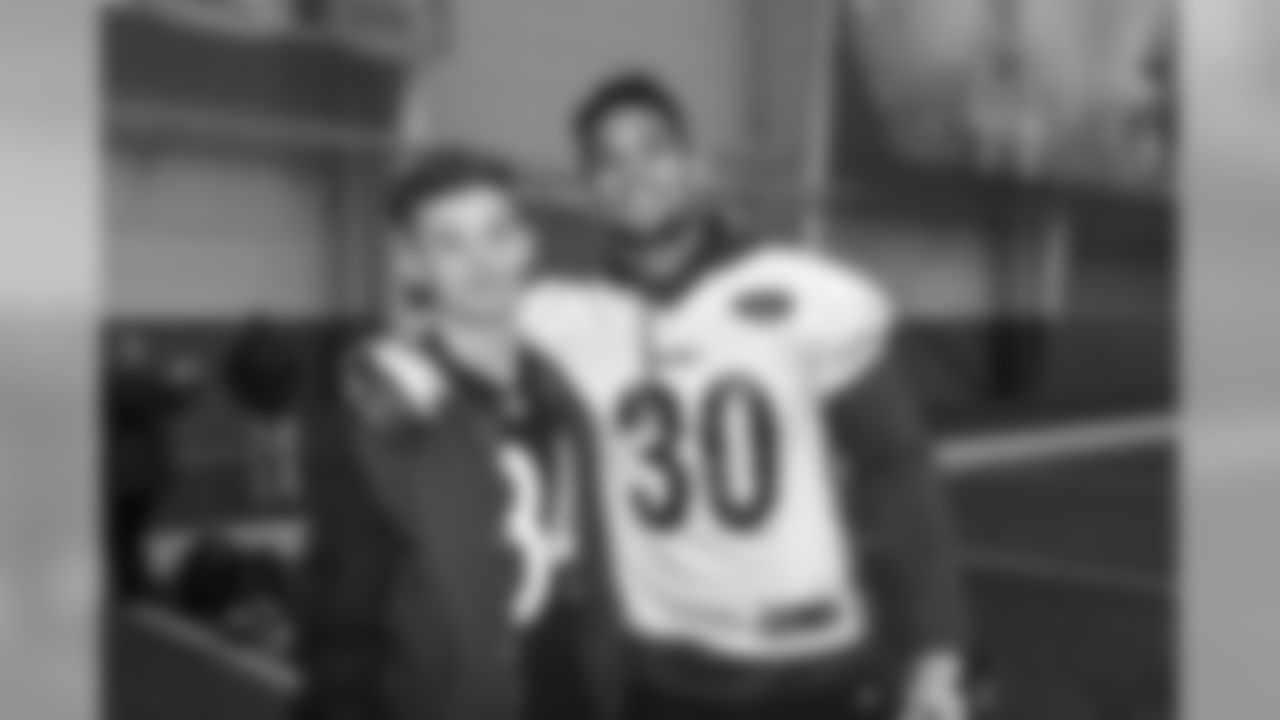
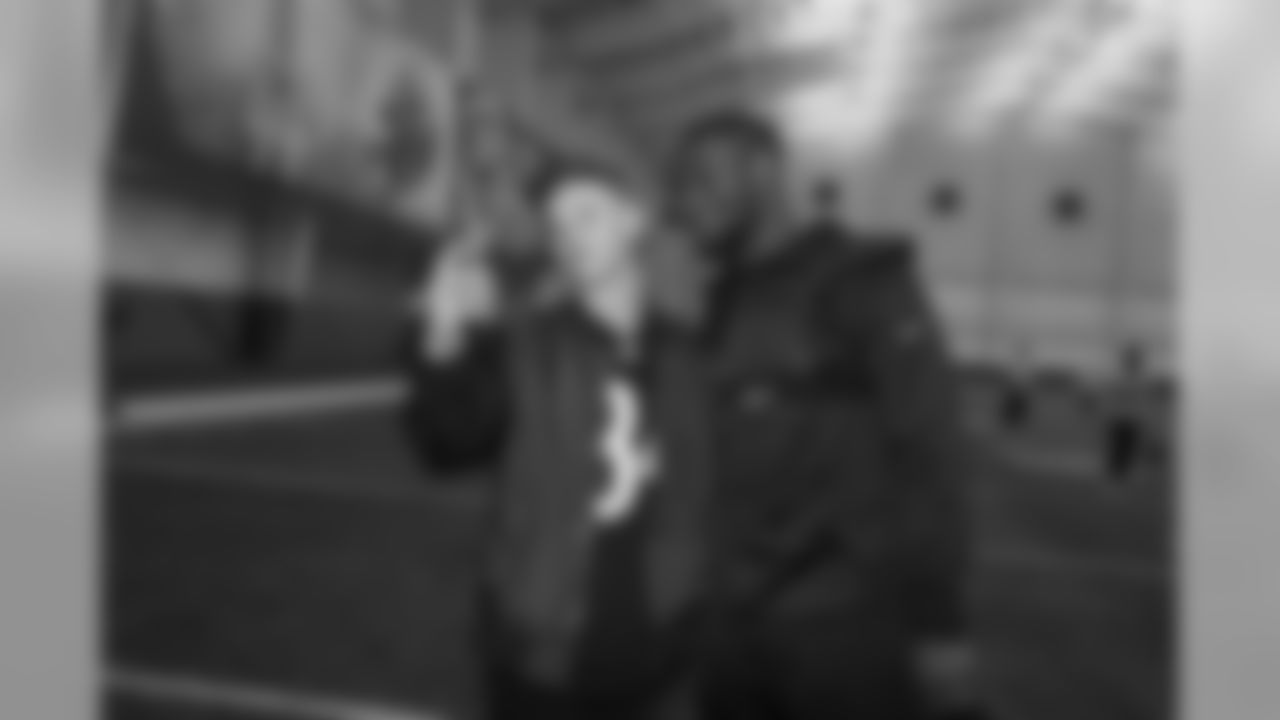
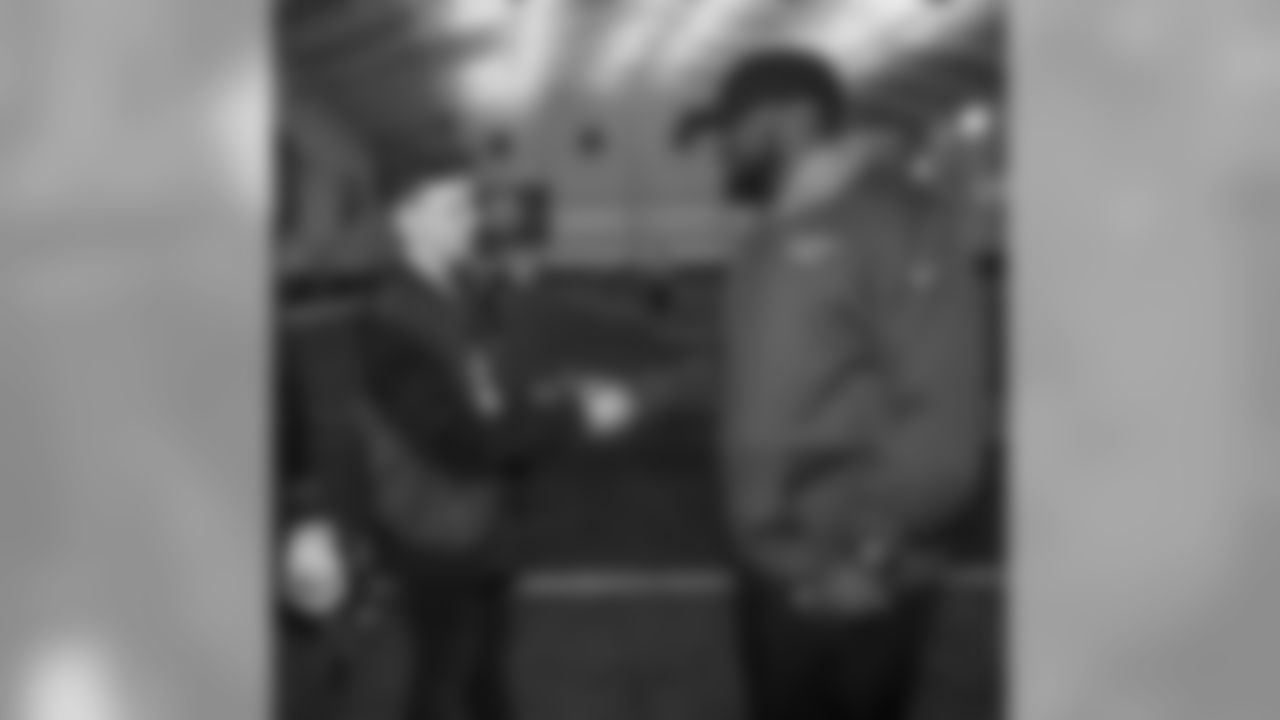
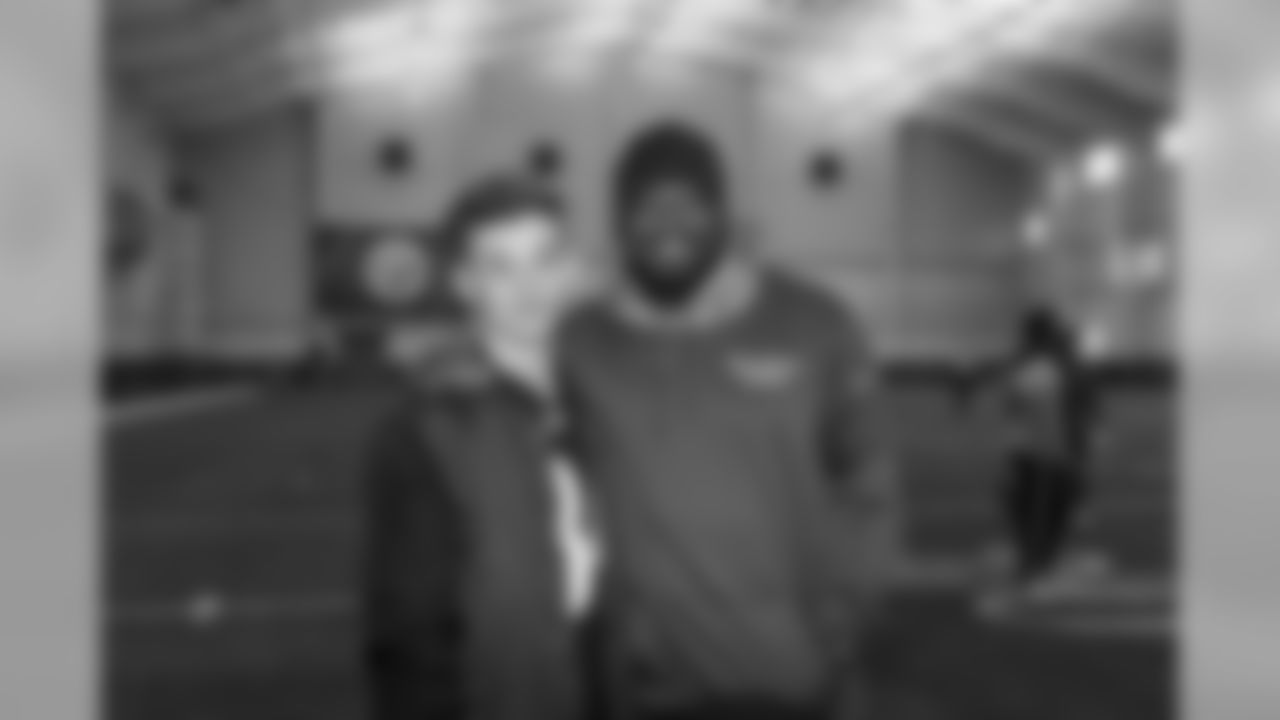
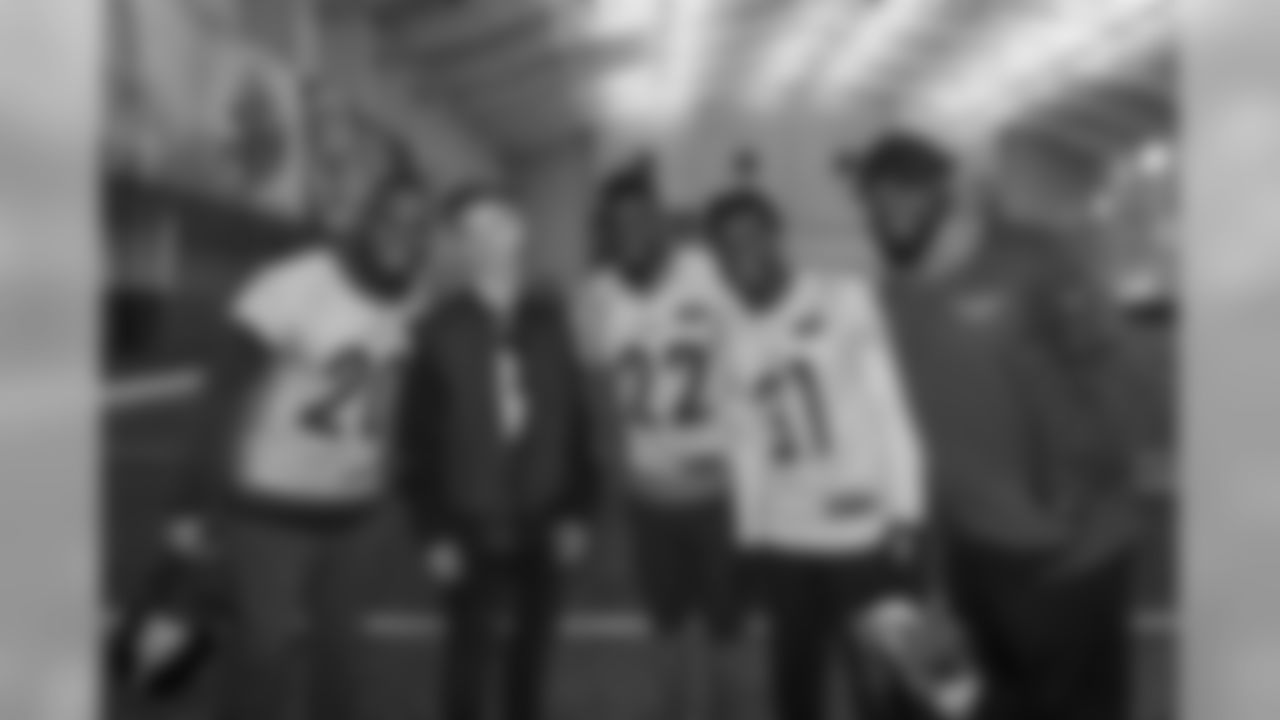
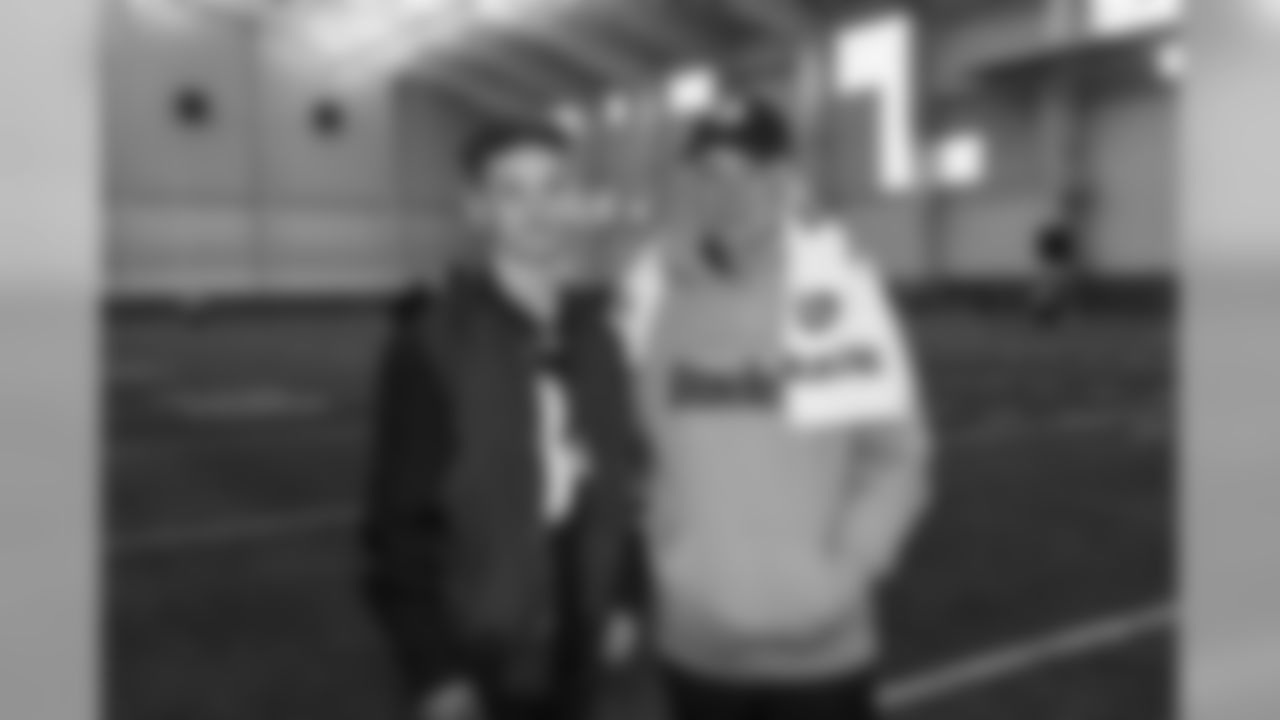
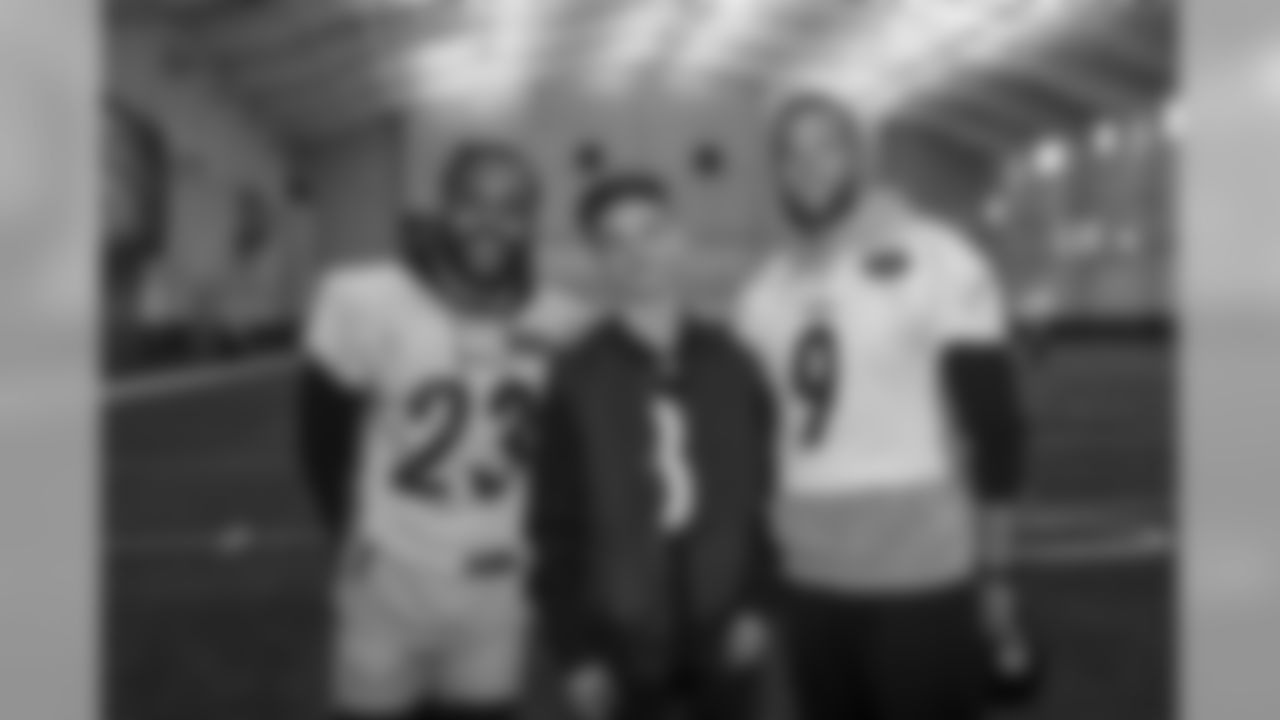
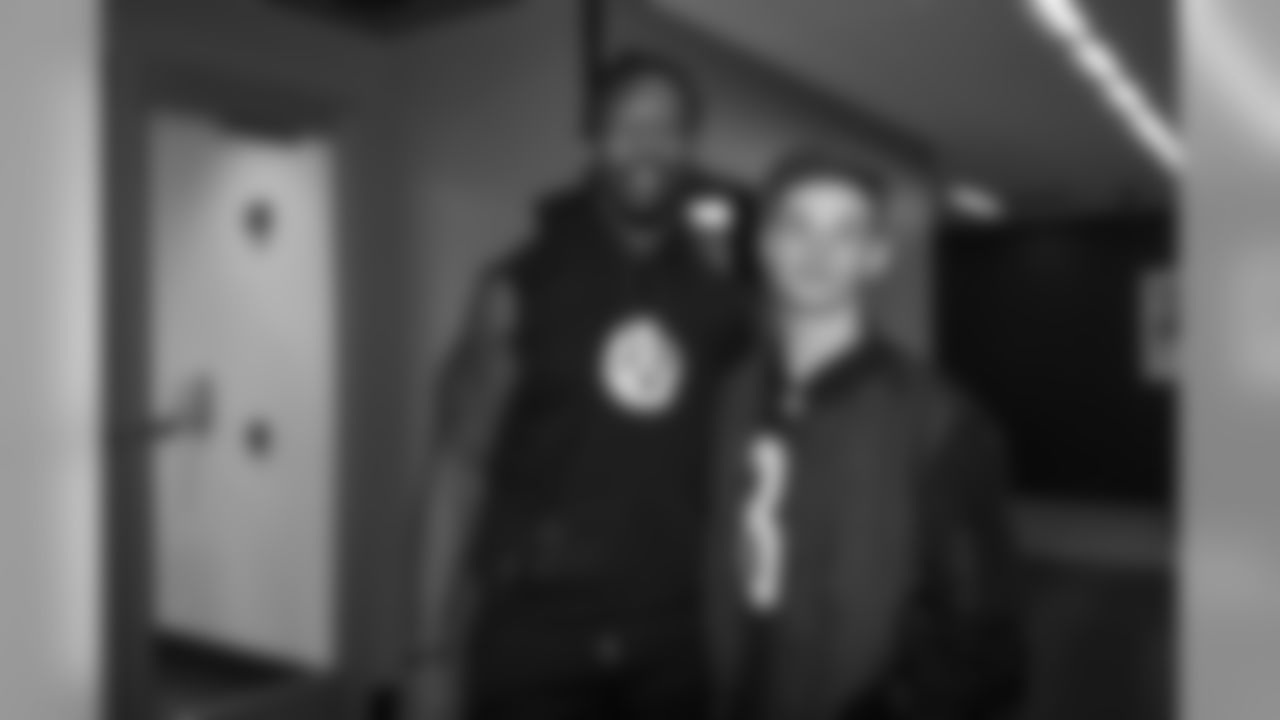
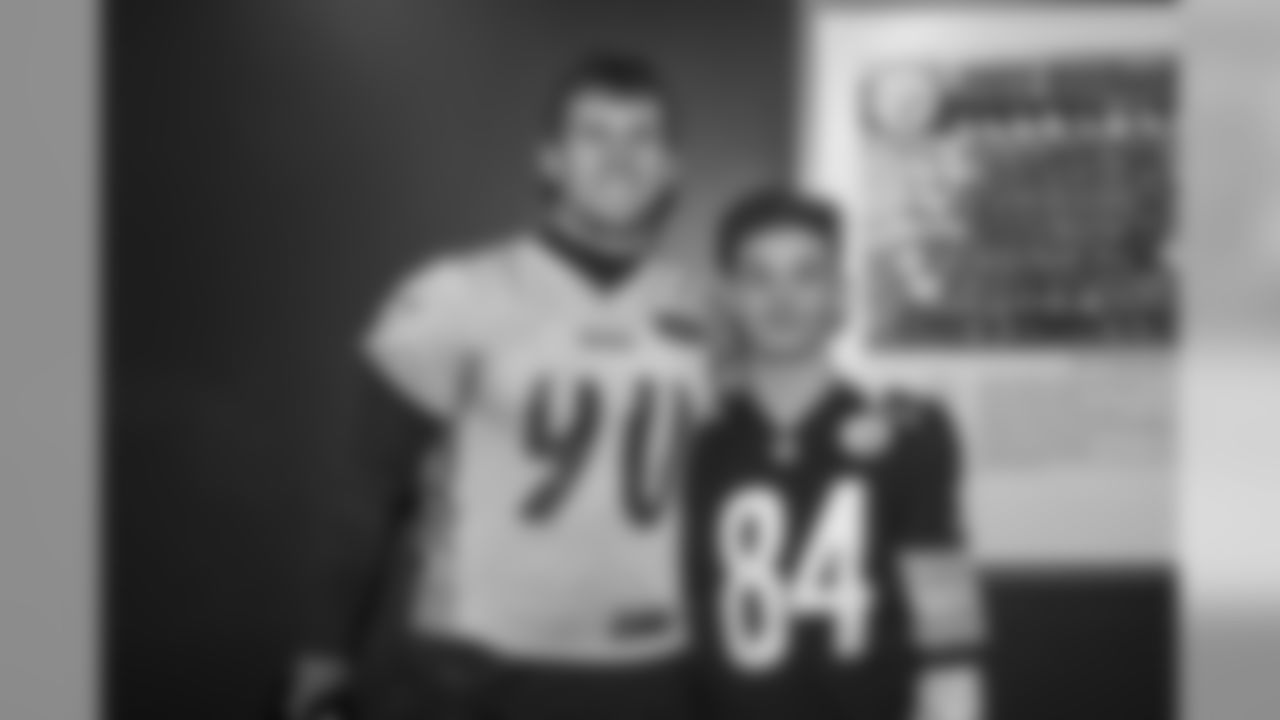
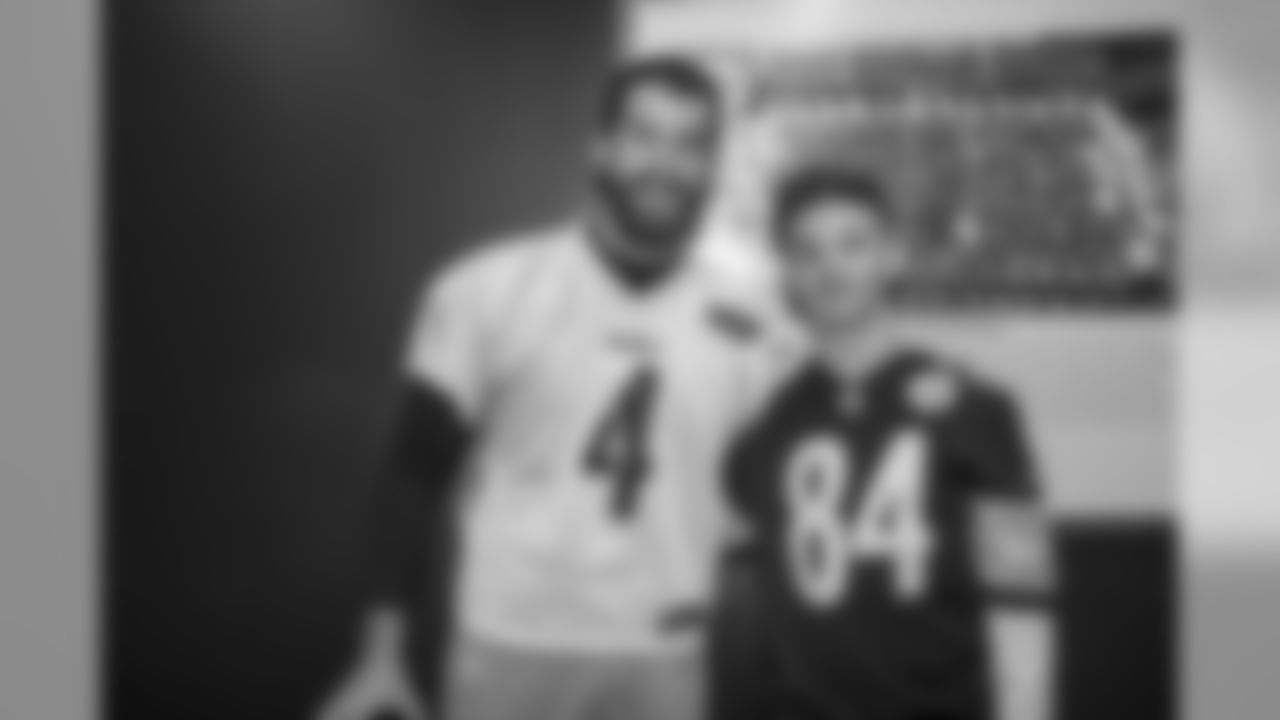

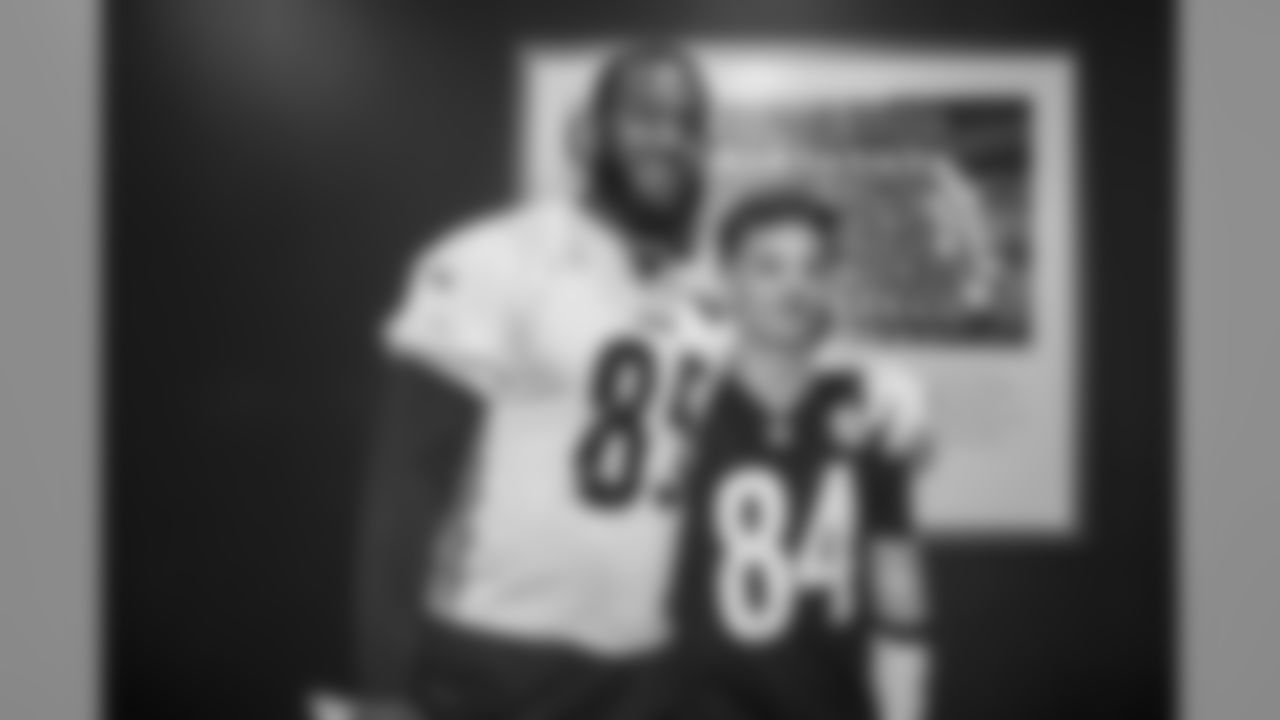
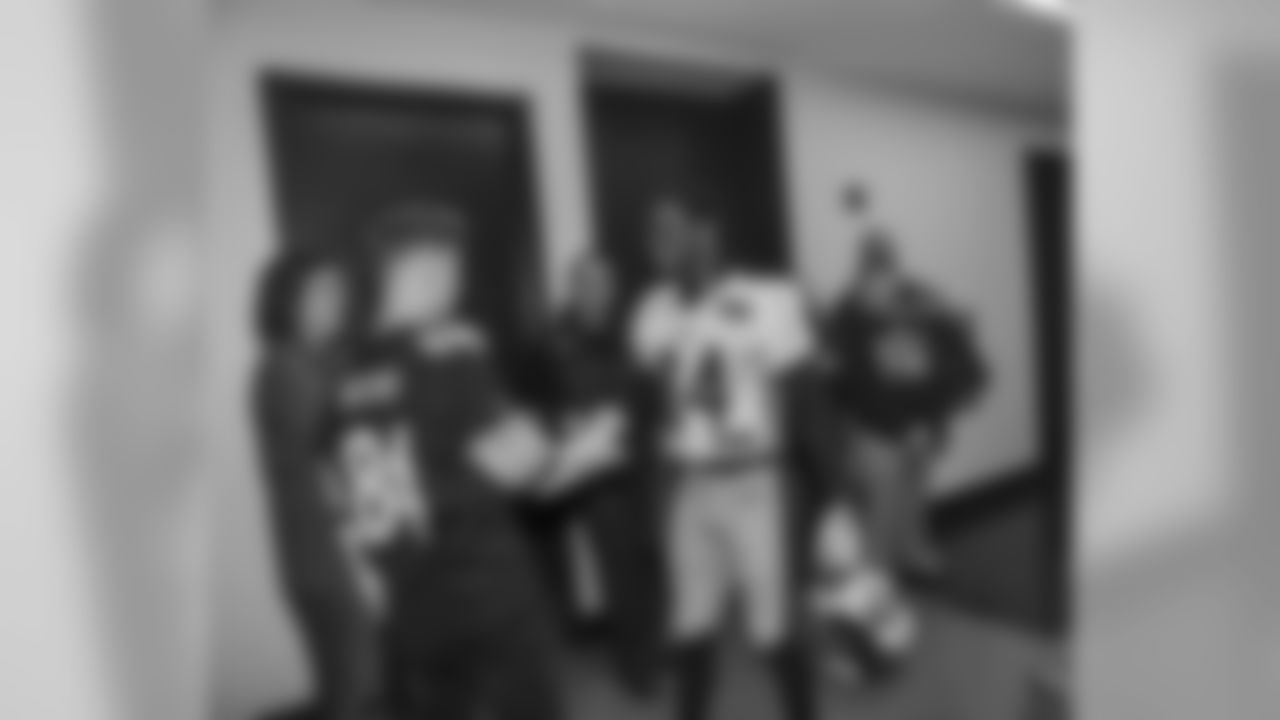
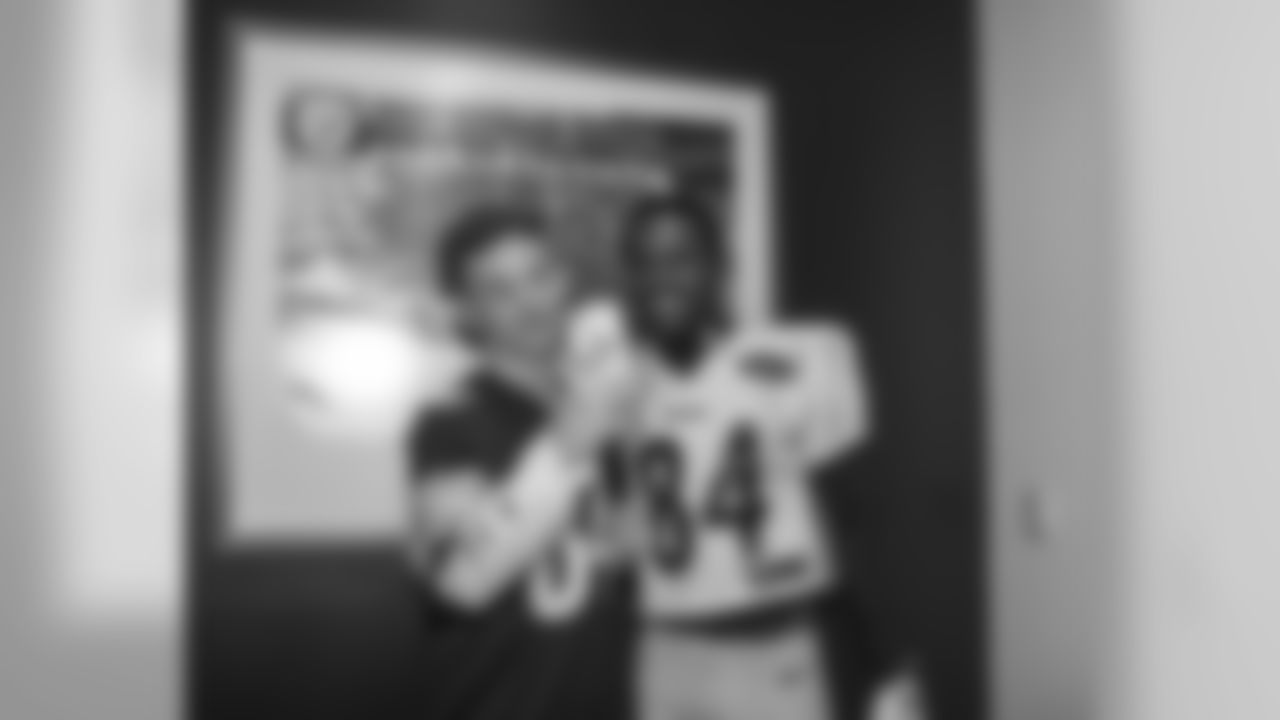
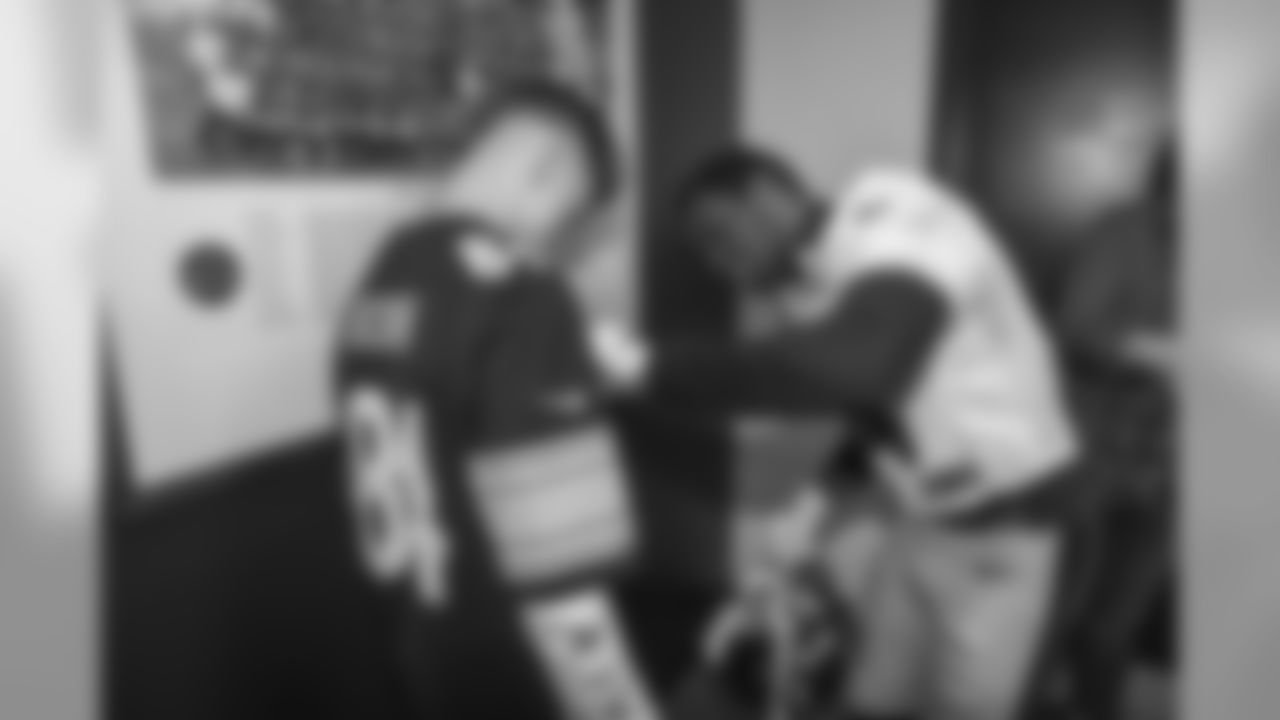
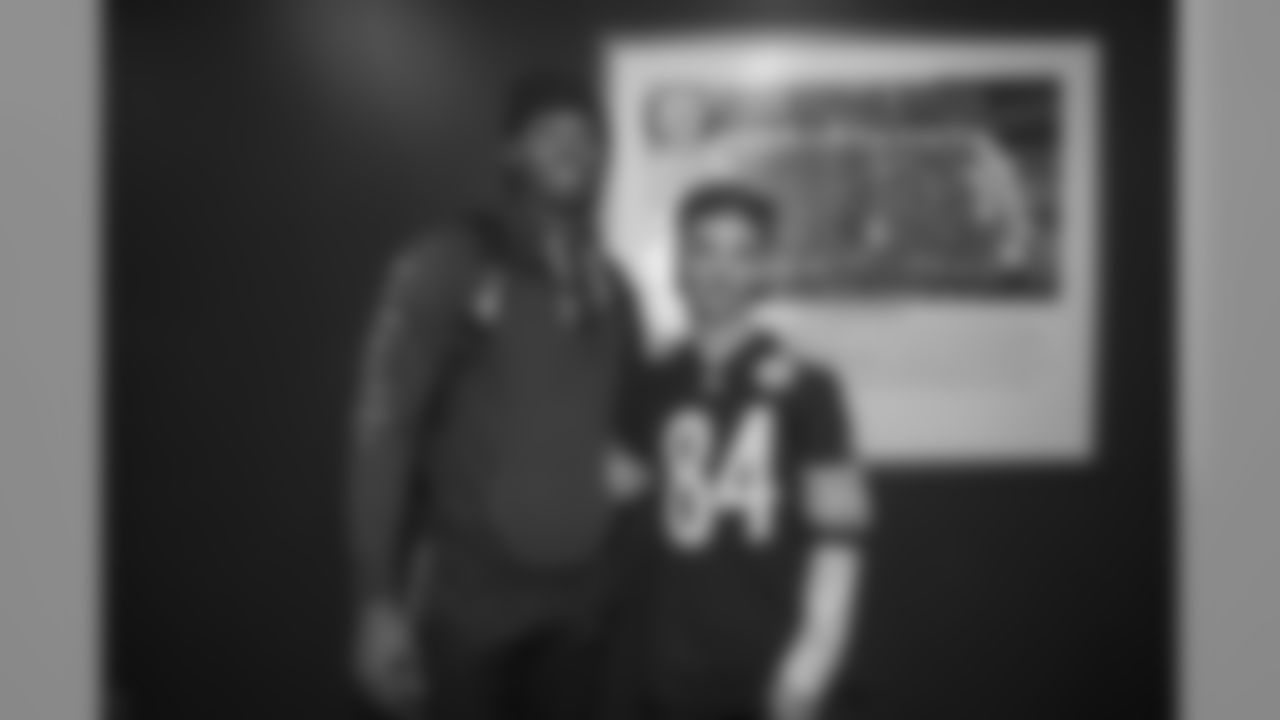
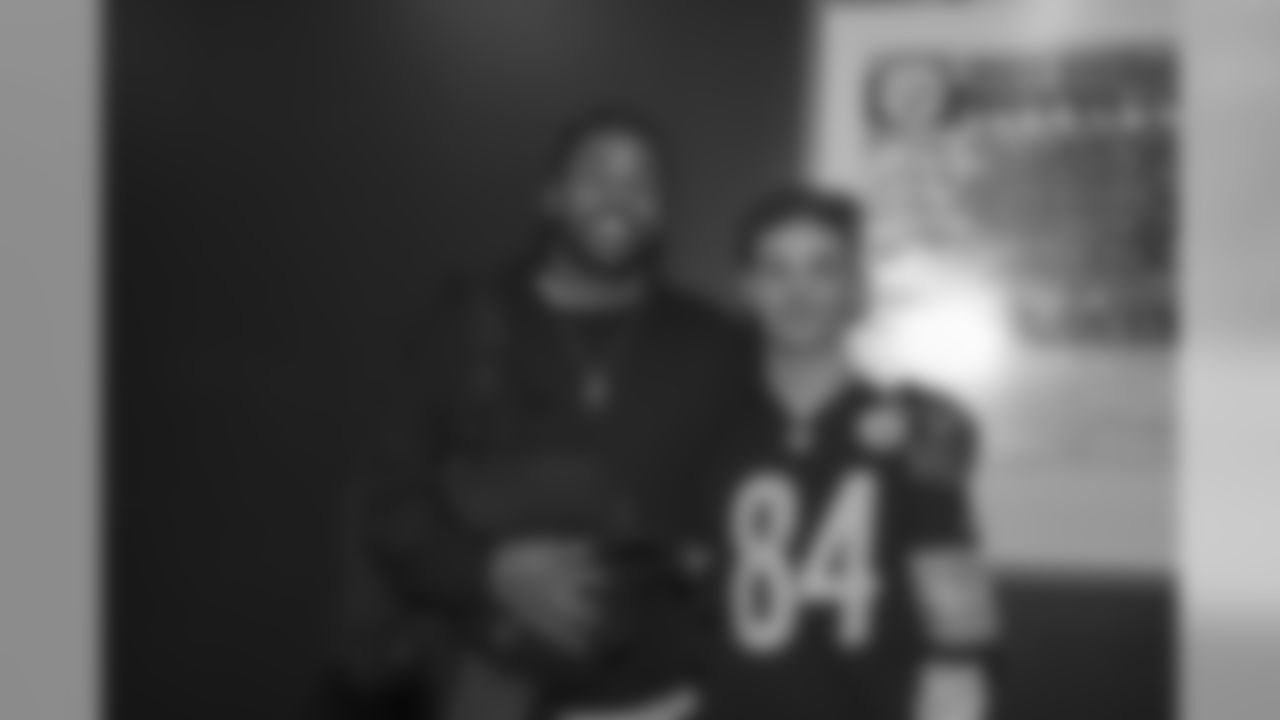
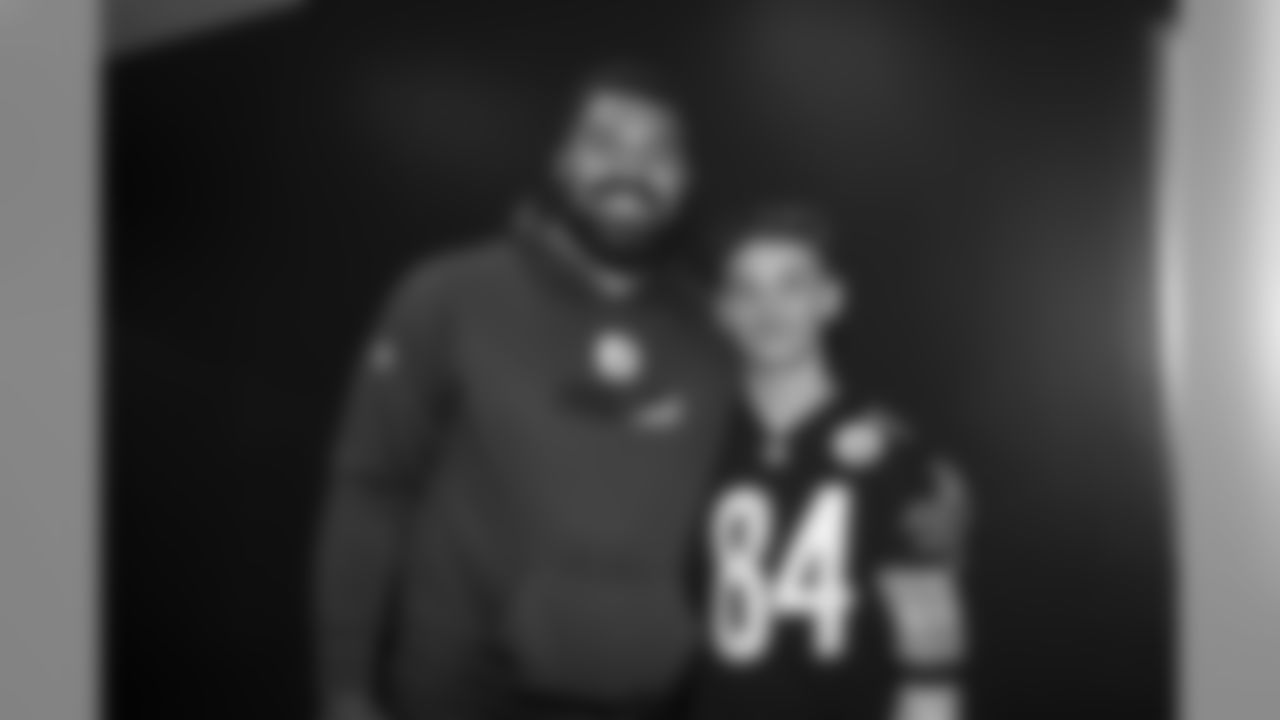
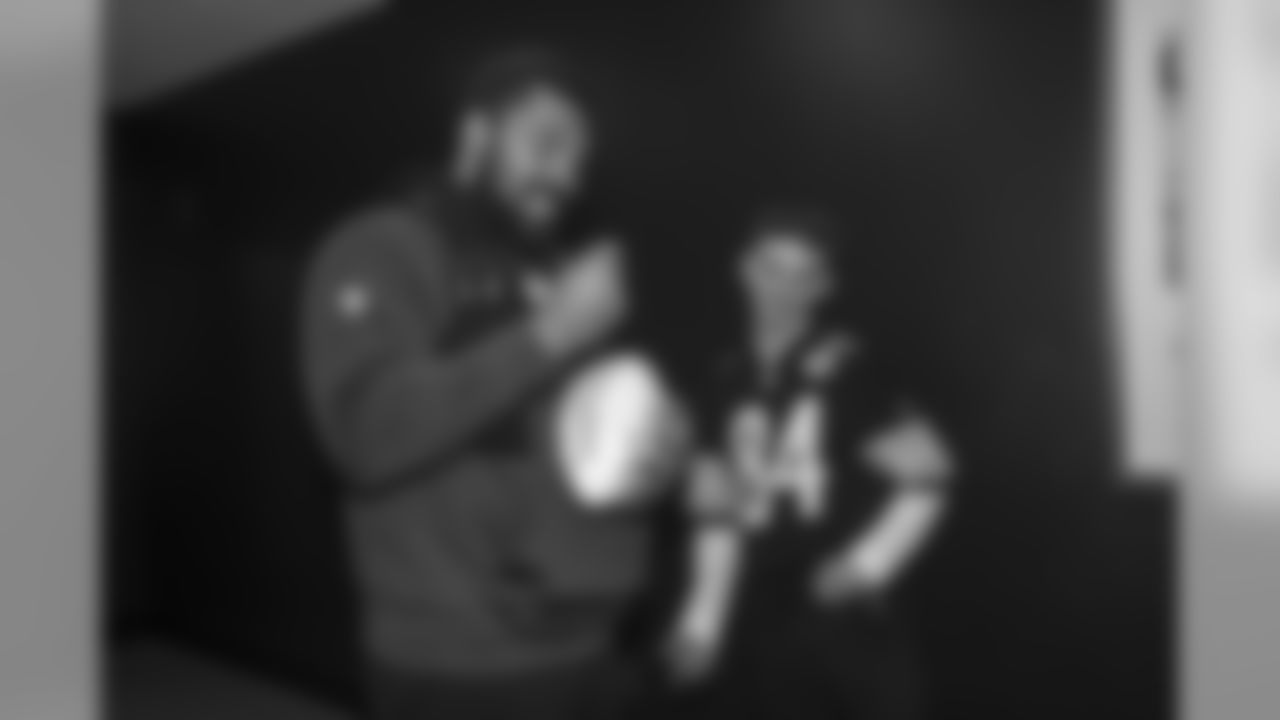
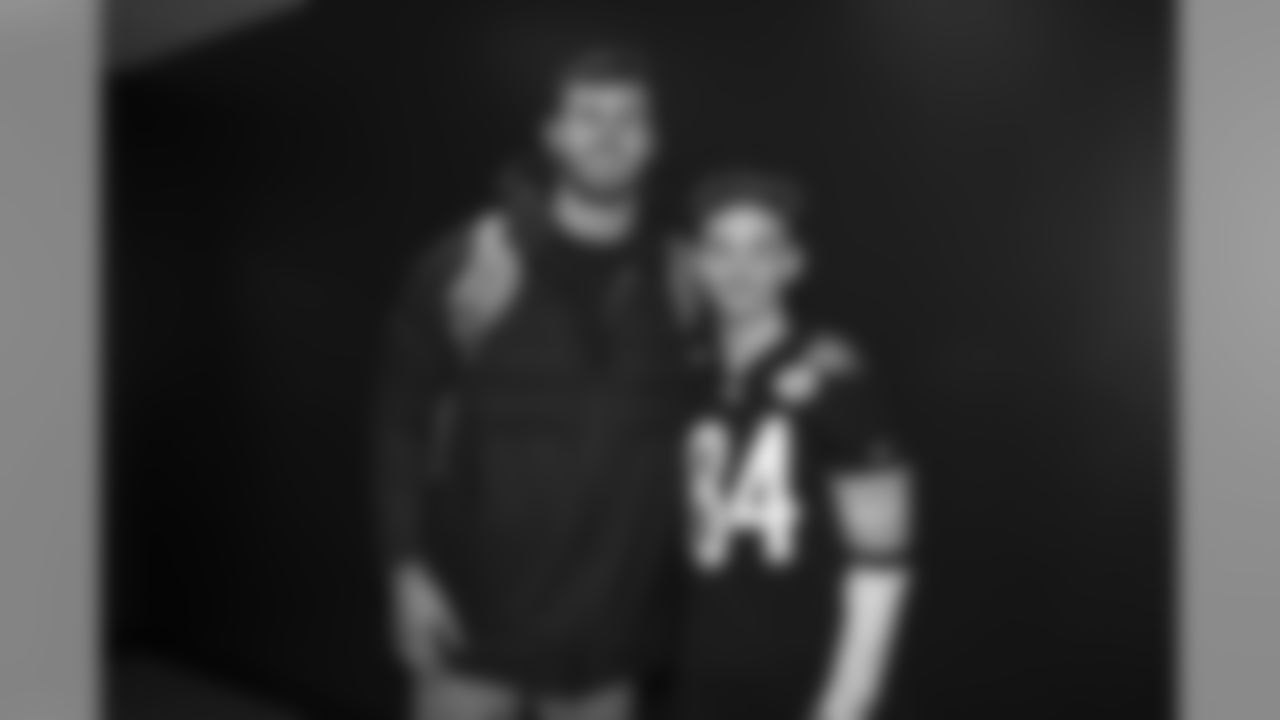


Q. Concentrating on the three young outside linebackers, how would you evaluate your three young outside linebackers – Bud Dupree, T.J. Watt, and Anthony Chickillo?
A. It has been exceptional play. We're getting quality play from those guys, for the reasons I just talked about. I highlighted a couple of plays that really stand out to you in terms of those guys making plays in space and in coverage and in the things we ask them to do. It's important. That position is being shaped and shaped in a big way by the evolution of football, and their ability to adjust will define them and their careers, because they're very young, but also define us as a defensive unit in terms of how we evolve in the upcoming seasons. It's really an interesting time from that perspective. It's great to be in this game long enough to see the tides as they turn, and then have to maybe forecast and adjust.
I know I was cognizant of it in the drafting of T.J. A lot about him made him attractive: the fact he is very comfortable playing on his feet – he's more of a linebacker than a defensive lineman; he had a background as an offensive player and an understanding of offensive football because he was a tight end, and that aids you big-time in coverage. All of those things are very much a part of the discussion in the evaluation of that position, where 10, 11 years ago I looked at LaMarr Woodley and said, "Man, he's a heck of a rush-man. Let's take him." Therein lies the evolution of the game, and the evolution at that position specifically.
Q. About the green dots on the helmets that designate the defensive players as being able to get communications from the sideline. I understand that only one guy can be getting calls from the sideline at a time, but because of in-game injuries or sub-package football, how many different guys have helmets with a receiver in them?
A. By rule, we can have three guys, because the NFL acknowledges that a second-level defender wearing the green dot, whoever he may be, is not an all-situations player. Sometimes you may have a guy who stands in front of your huddle on first and second downs, and he's a Vince Williams-type, and on third down you might have an oversized safety standing in front of your defense. We've never had those issues because of Ryan Shazier. He's an all-situations player. He wore the green dot. He was on the field at all times. As we adjust to his circumstances, he's out, it requires us to rely on the rule a little more, and we have more flexibility there. You'll see Vince Williams with the green dot on first and second downs. You'll see L.J. Fort with the green dot in some passing situations, because it's going to be more than one man replacing Ryan Shazier and his impact on the game.
Q. Would they have to change helmets?
A. No. They just can't be on the field on defense at the same time. They can both be on the field on special teams at the same time, so if they're covering a kick, for example, Vince Williams and Fort can both cover a kick at the same time, but they can't both be on the field for defense at the same time if they both have a green dot on their helmets. If both guys happened to be on the field on defense at the same time, one of the guys would have to have an alternate helmet – that would be Fort, because you don't want to inconvenience Vince. But that's a non-issue. It's just two helmets on the sideline being handled by the equipment people. It's not the logistical thing maybe I just made it seem to be.
Q. Have you ever had, or considered having, a defensive back wear the green dot?
A. No. Nobody wants to take instructions from a little man in a huddle. Let's be honest. Football is a big man's job. We're not going to stand Will Gay in front of Tuitt and them and tell him to tell the group to shut up because he's going to deliver the information. That's just the reality of it. That's another element of football play that people ask about that I laugh when I get that question. Big guys don't like to take instructions from little people.
Q. Sean Spence was signed earlier this week? How able was he to get back on the moving train?
A. Sean was a bright guy when he was with us, and I think that was one of the things that was attractive about re-acquiring him. But also, he spent some time in Tennessee (playing on a defense coordinated by Dick LeBeau), so he's been away, but has he really been away? There are a lot of parallels between the schematics and even the language, and a lot of that has proven to be true and thankfully so. He's going to be able to help us today.
Q. What did you think of Cam Sutton's performance in the second half in Cincinnati, and does he start at cornerback against the Ravens?
A. It was really good. It was much needed. Coty (Sensabaugh) was getting beat up a little bit. And then, A.J. (Green) caught no passes in the second half, but I don't want to attribute all of that to Cam Sutton. So what we've done today is we got both guys prepared to play. We're going to put together some schedule in the early portions of the game to allow both guys to be engaged in the game, and both guys have an opportunity to play. We're simply going to ride with the hot hand as the game unfolds. I think that's appropriate. Coty has a body of work as a professional that makes you comfortable. Cam Sutton has played a half of professional football – although it was good, you acknowledge it was just a half of professional football. I think it's prudent to have all of our options open. I've been upfront with both men. Both men are agreeable. We'll see how the ball bounces as we start to play football within the game.



